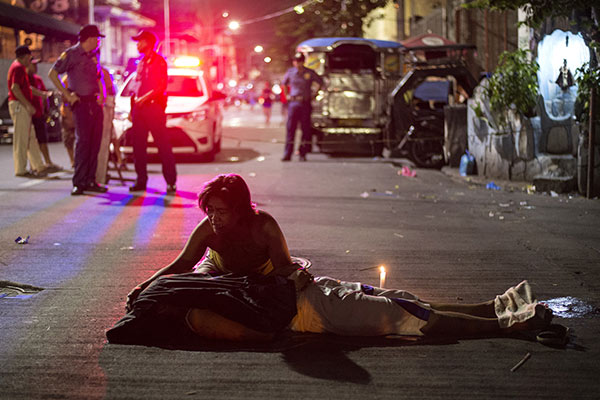Jennifer Toledo-Tan, MD.
Dear Dr. Jen,
My keloid bothers me a lot. It sometimes throbs and keeps me awake at night. What is the best treatment for it?
Rosanna
Dear Rosanna,
Keloids are not merely an aesthetic concern. It can throb, pinch, hurt and even get infected. The most commonly advertised treatments are the cosmetic creams. This however have not proven effective in my practice. There is a cream though named Imiquimod that may have more chances of success. Imiquimod can help produce interferon which has been known to reduce the size of keloids.
Other avenues of treatment are intralesional steroid injection and pulsed dye laser. Surgical excision of the keloid can still produce another keloid. However, if you work hand in hand with your surgeon and your derma, you can take out the risk of keloid formation by treating one month old scars with steroid injections.
Keloid formation usually run in families. If you are prone to developing keloids, try to stay away from any kind of surgery, body piercings or tattoos.
Dear Dr. Jen,
I have very itchy blisters on my hands. This has been going on for ages. I've been to several doctors and have gone through numerous jars of medicines but it just keeps coming back eventually. What is it and can it be cured?
Charmaine
Dear Charmaine,
It might be what is called "dyshidrotic eczema". This is a recurrent skin condition that often manifests on the palms and soles. Usually the patient would complain of itching on the sides of fingers and toes, along with deep-seated fluid-filled vesicles. In a more simple description, it looks like small "sago" balls embedded inside your skin.
Sometimes this skin condition is lumped in with atopic dermatitis or skin asthma. The vesicles and itch may flare up in dry, cooler weather. Also, stress and strong allergens can trigger the appearance of the eczema.
There is no permanent cure in the sense that this condition is often hereditary. However, there are ways that the patient can lessen the flare-ups and may actually avoid having to go to the doctor everytime it appears.
Steroidal ointments, oral anti-histamines and a good moisturizer are the mainstay of treatment. However, if the lesions have gotten so thick and don't respond to any cream at all, your PDS derma can actually inject some anti-inflammatories into the lesion so that it will be gone in a few days. Avoiding strong soaps, detergents and other allergens would be helpful.
Dr Tan is a diplomate of Philippine Dermatological Society (PDS). She is affiliated with Perpetual Succour Hospital (PSH). For other information on PDS, check http://www.pds.org.ph/.
If you have any questions or concerns please text, email or call (the Freeman or PSH): 0932 857 7070 or <[email protected]> or (032) 233 8620 or 232 5929. Your inquiries will be forwarded to Dr. Tan.
- Latest




























